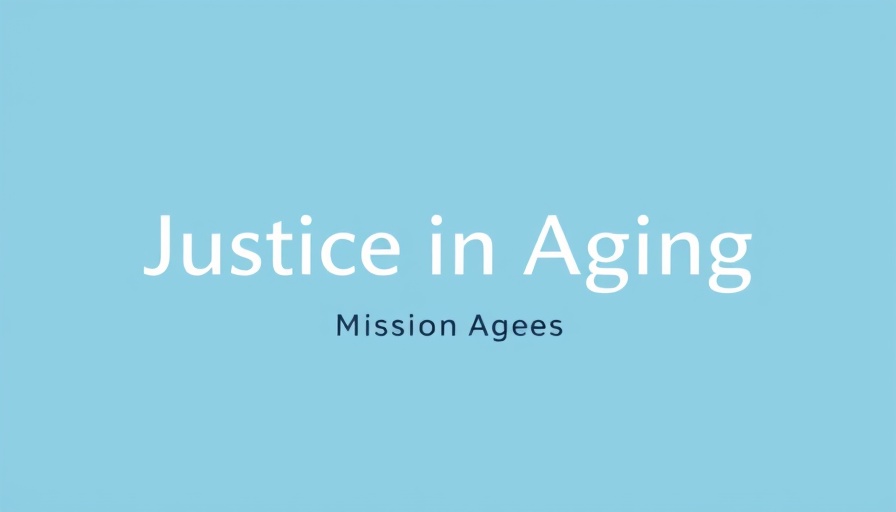
Introduction: The Legislative Landscape for Seniors
In recent developments within U.S. legislation, a concerning tide is threatening the very foundation of support for older adults and people with disabilities. With over 1,100 advocacy organizations aligning in opposition to Medicaid cuts, the urgency of the situation cannot be overstated.
Medicaid Cuts: A Unified Stand Against Harmful Legislation
The Disability and Aging Collaborative, along with other major organizations, recently sent a powerful letter to U.S. Senators, urging them to reject the House-passed budget reconciliation bill (H.R. 1). This bill, if passed, would strip away essential healthcare coverage for millions, particularly affecting older adults and those with disabilities.
The Congressional Budget Office (CBO) projects that at least 10.9 million Americans, with a staggering 7.8 million being directly stripped of their Medicaid, would face the dire consequences of this legislation. This would leave many without essential healthcare, risking their financial stability and overall health.
The Ripple Effects: Spotlight on the Elderly
As stated by various analyses, including reports from Manatt and KFF, the budget bill threatens more than just Medicaid; it jeopardizes the fundamental supports such as home-and-community-based services (HCBS). With budgets strained, states may be forced to consider cuts to these vital services, ultimately impacting the quality of life for older adults.
Furthermore, the implications extend beyond Medicaid. The proposed tax bill could also compromise the financial security of the elderly, with cuts to food assistance programs under SNAP potentially exacerbating the hardships faced by this demographic. As the resources dwindle, older adults may find themselves in even more precarious situations.
A Closer Look: The Budget and Older Adults
The recent budget proposal from the White House also deserves scrutiny. It promises deep cuts that could affect the very programs designed to assist seniors. If policymakers follow through with these proposed cuts, older adults may find themselves navigating even harsher economic realities.
The proposal has already incited significant backlash from advocates who argue it disproportionately affects vulnerable populations, including older adults and individuals with disabilities. Such measures only amplify the need for advocacy and collective action.
Future Insights: What Lies Ahead?
As these legislative changes loom, it is essential to stay informed and engaged. Advocacy plays a crucial role in shaping policies that directly impact the elderly community. The call for action is clear: voices must be raised to inform Congress of the dire implications of these proposed cuts.
The persistent threat of these bills underscores a broader need for sustainable policies that protect the rights and welfare of the elderly. Future discussions around budget proposals must prioritize programs that provide essential support for older adults.
What Can You Do? Being an Advocate for Change
It is vital for older adults and their caregivers to understand the ongoing developments in policy that may affect them. Here are a few actions you can take:
- Stay updated on legislative changes and actively participate in advocacy efforts.
- Engage with local organizations that work to protect the rights of seniors.
- Contact your representatives, voicing your concerns about these legislative proposals.
By raising awareness and participating in advocacy campaigns, you can help ensure the voices of older adults are heard and their needs adequately addressed.
Conclusion: A Call To Action
The cutting-edge issues confronting older adults demand immediate attention and action. As the legislative climate evolves, it is our responsibility to advocate fiercely for the survival of crucial programs like Medicaid. Mobilizing support and presenting a united front against budget cuts is necessary to safeguard the health and wellbeing of older adults across the nation. Find ways to connect with advocacy groups and make your voice count—your engagement is vital in this intersection of policy and care.
 Add Row
Add Row  Add
Add 




Write A Comment